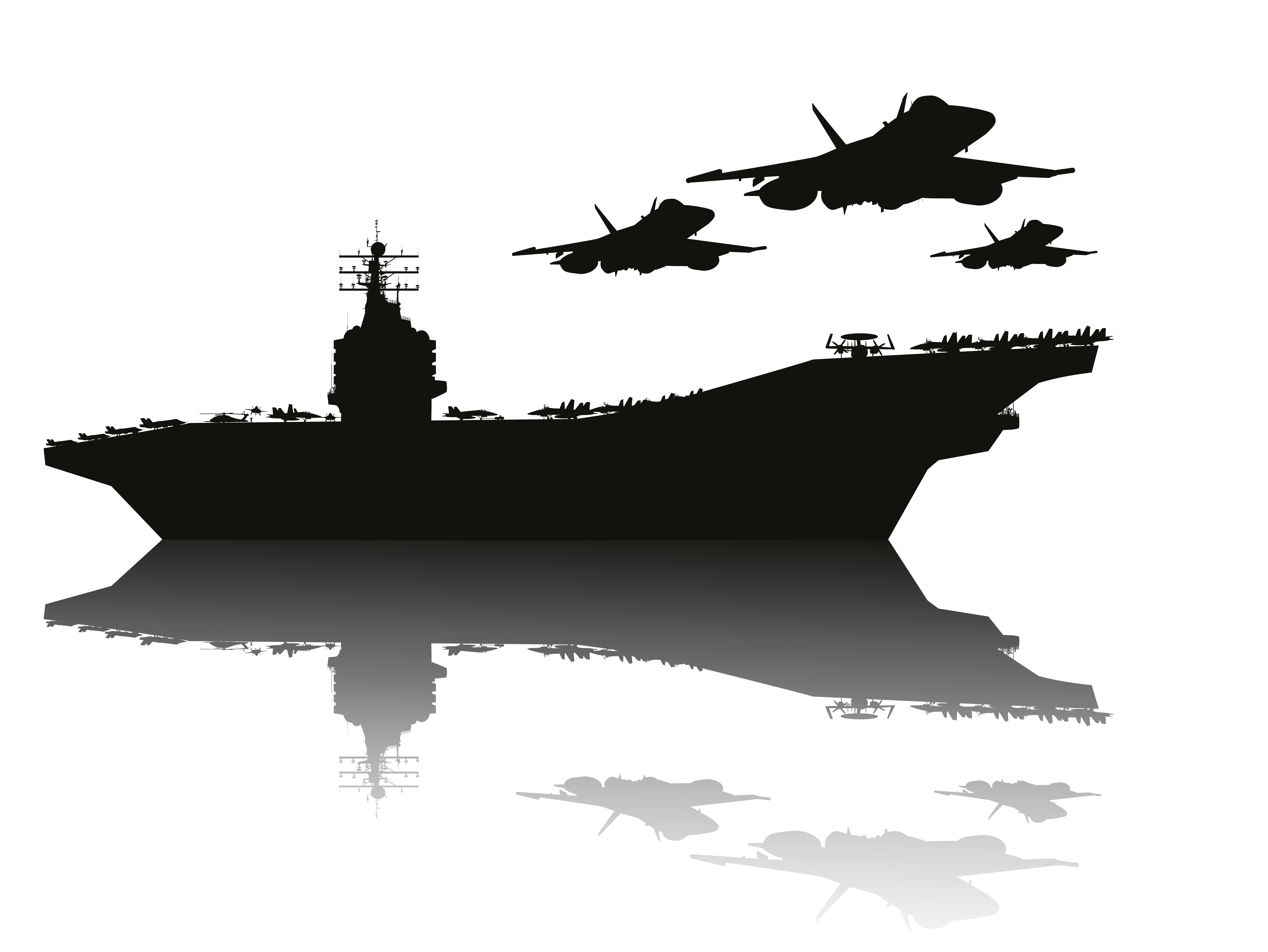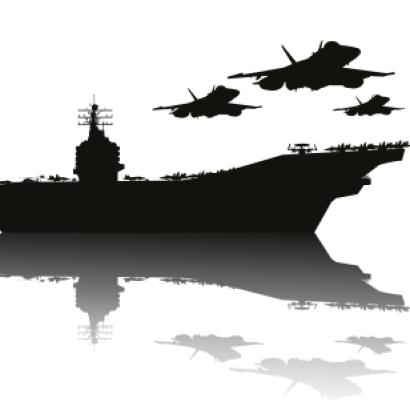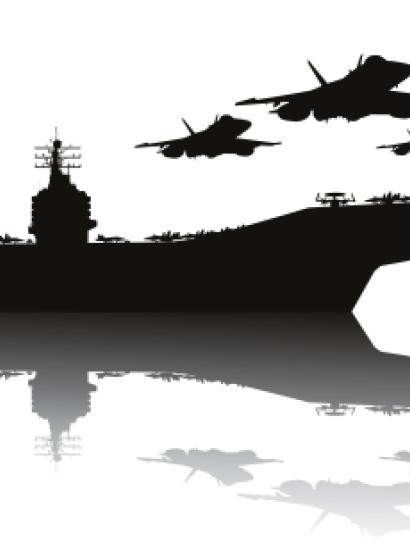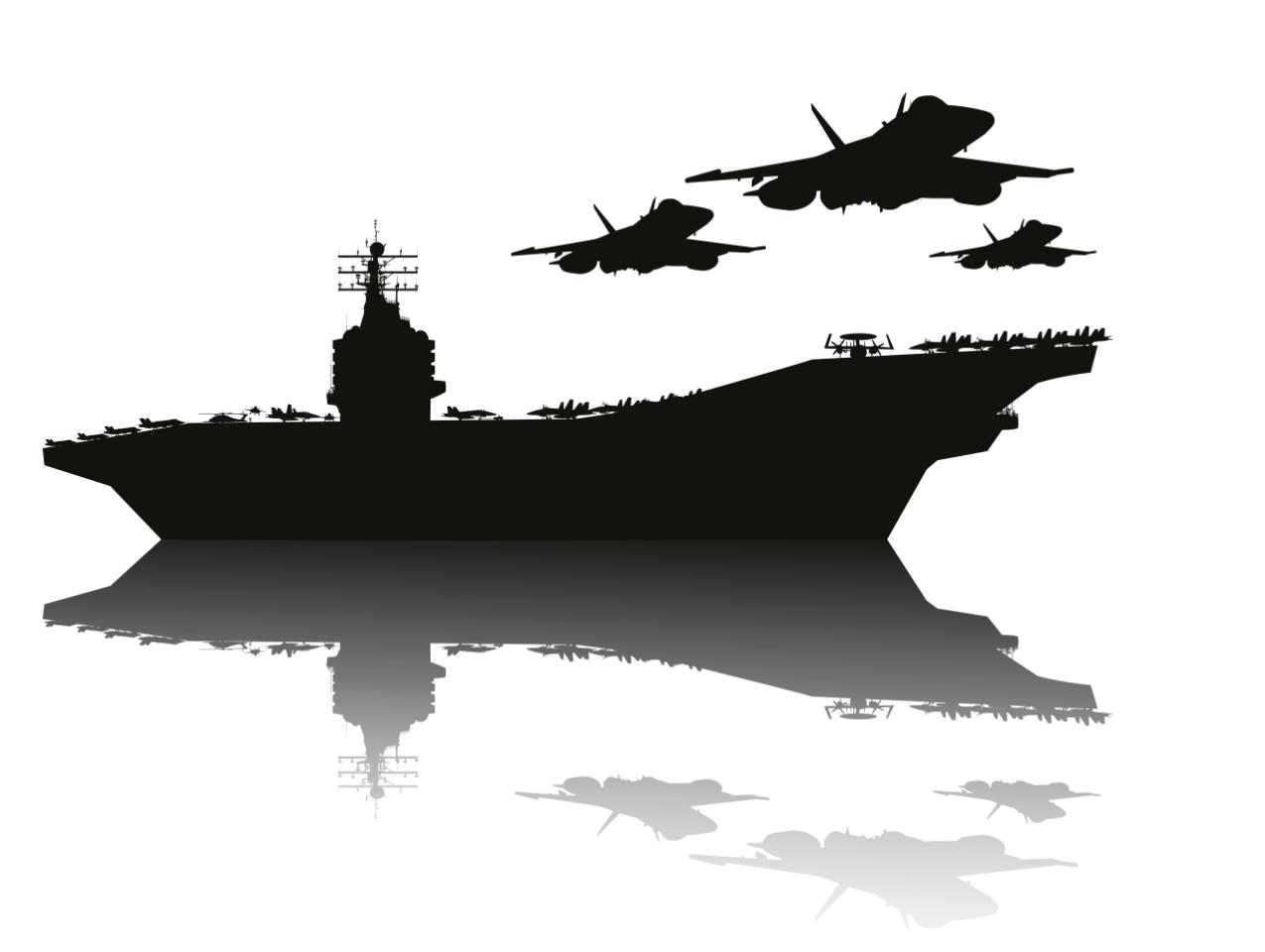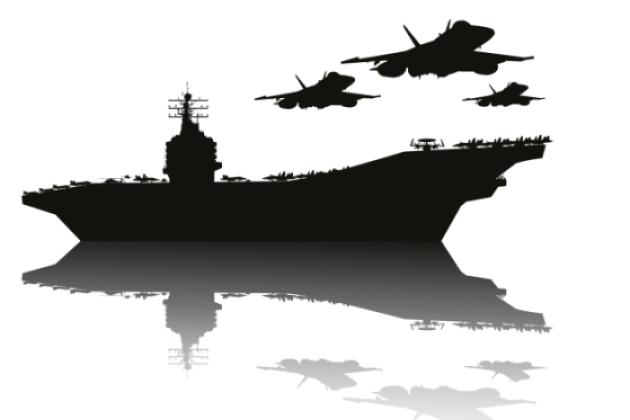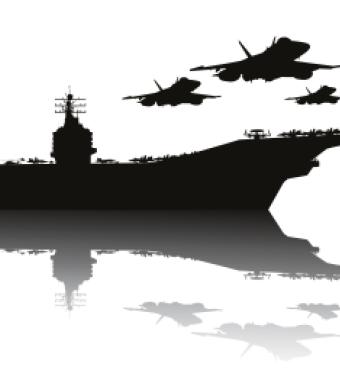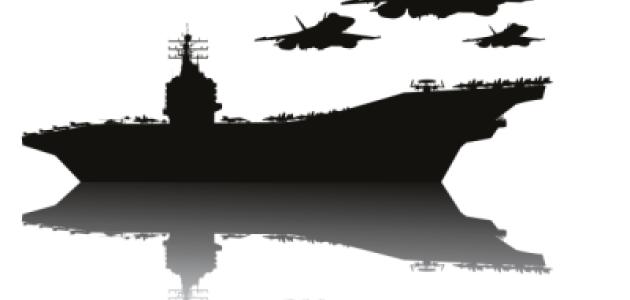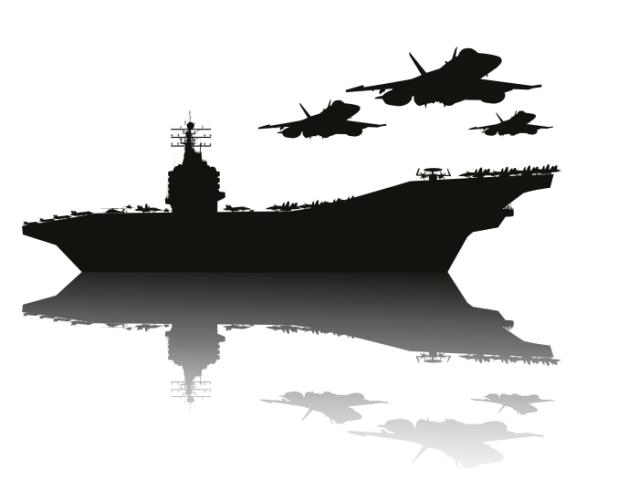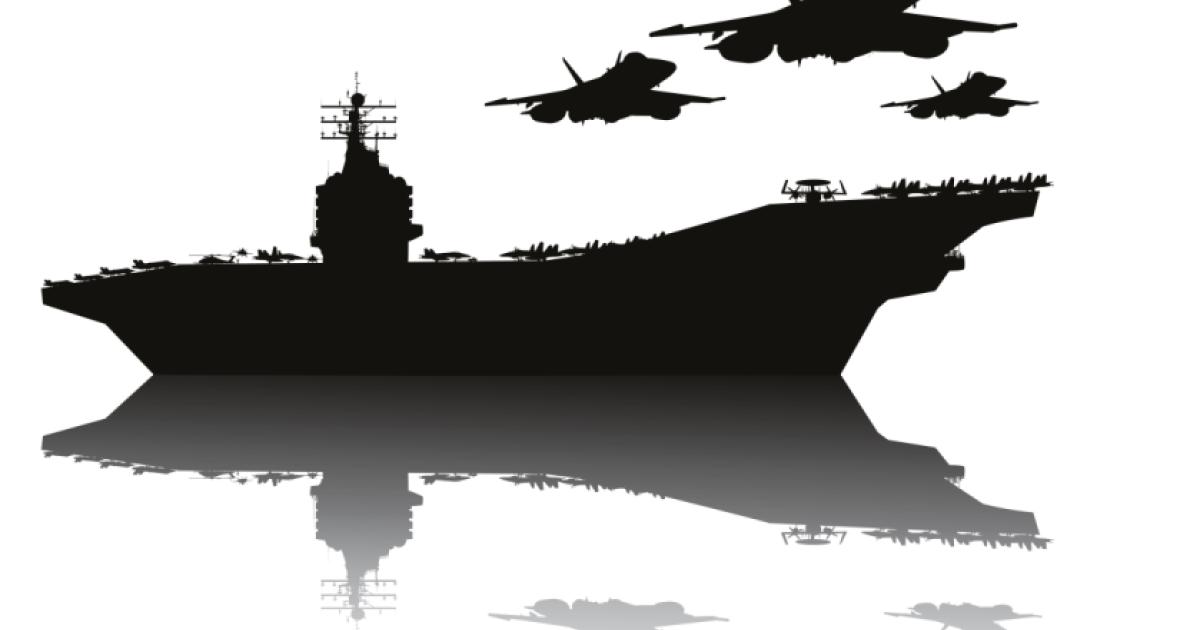In their January 2014 monograph published by The Center for a New American Security, 20YY: Preparing for War in the Robotic Age, Robert Work, now deputy secretary of defense, and Shawn Brimley argue—not to put too fine a point on it—that the United States military needs to drop what it’s doing now and “conceptualize how a maturing guided munitions-battle network regime and advances in technologies driven primarily by the civilian sector may coalesce and combine in ways that could spark a new military-technical revolution.” The study in fact has much to recommend it, but the postponement of the much-anticipated transformation of warfare until the nebulous “20YY” contains a deep truth: for the foreseeable future, traditional military platforms and formations will remain important and in many cases dominant.
One only has to reflect upon the things that have catapulted the forces of the Islamic State to the front of the jihadi parade: large conventional forces, with armored vehicles and artillery, able to take and hold territory. The ISIS forces are not a collection of “super-empowered individuals” but a modestly-equipped, medium-weight land force that has accomplished what, by Arab standards, ranks as a blitzkrieg. And by digging themselves into the cities they’ve taken, they have, as of this writing, established strong points that are proving tough to reduce.
As for the United States, the immediate problems of today’s geostrategic collapse far outweigh the possible revolution of tomorrow, and, thanks to budget cuts and program terminations, it has only a handful of systems in which to reinvest. We had better learn to love the F-35 Joint Strike Fighter, ‘cause there ain’t much else. Photon torpedoes haven’t hit the laboratory, let alone the field.
Luckily, with intelligent employment, the “wasting assets” of the late 20th century can be effective for decades to come. The role played by the F-22 in the initial strikes against ISIS is indicative: the Raptor was not used to clear the skies but to locate and rely time-sensitive targeting data—as well as attack itself. Indeed, as the calendar creeps toward 20YY, we are likely to find that both these “fifth generation” aircraft serve as armed scouts, a bridge toward the “maturing guided munitions-battle network regime” that Work and Brimley imagine.







